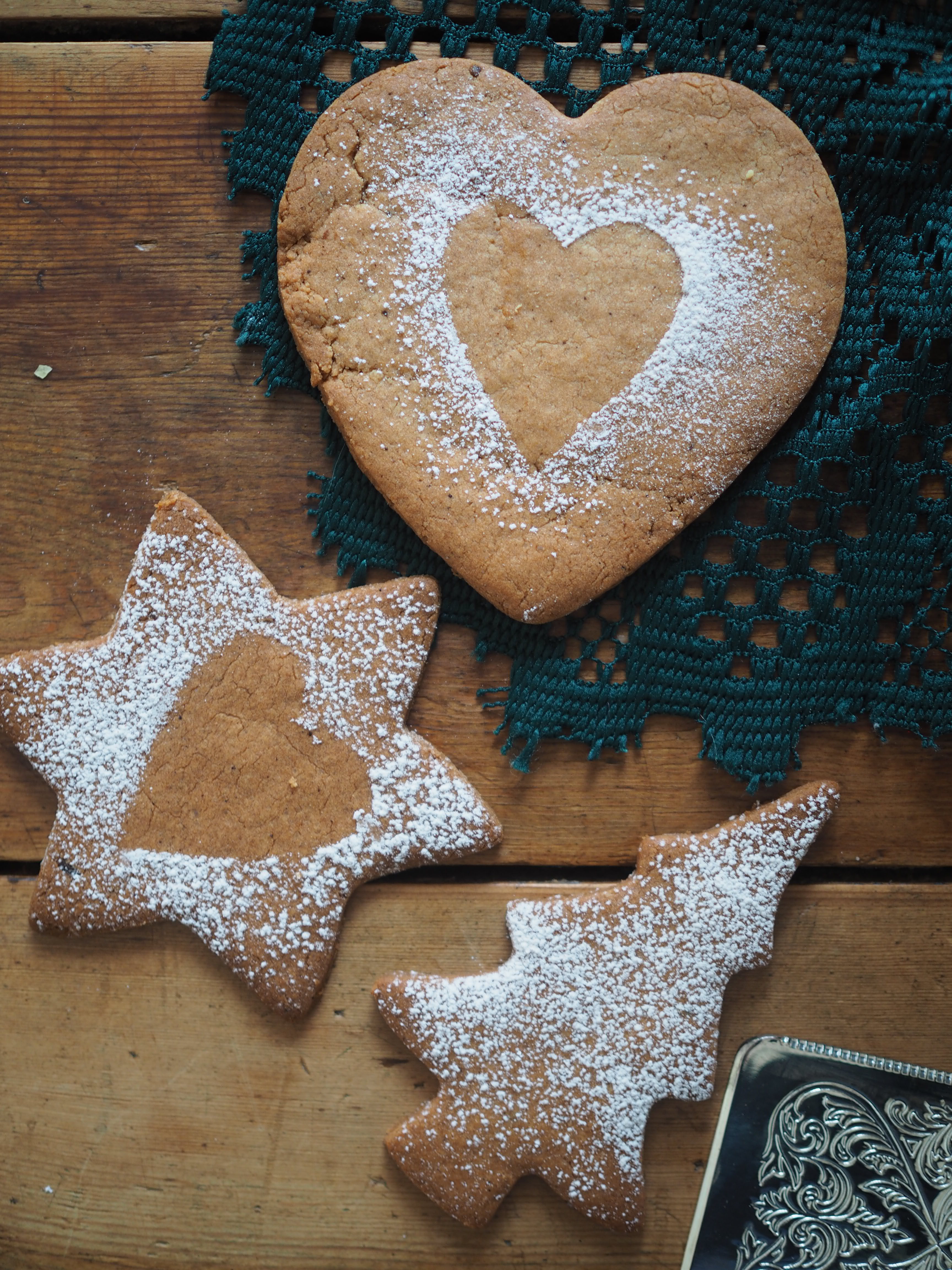 Arguably, the most aromatic and popular Christmas cookies in Norway are Pepperkaker. They stand out among all the other traditional cookies with their fragrant presence, crispy and inviting texture, and ability to transform into whatever shape or design or role the beholder so wishes.
Arguably, the most aromatic and popular Christmas cookies in Norway are Pepperkaker. They stand out among all the other traditional cookies with their fragrant presence, crispy and inviting texture, and ability to transform into whatever shape or design or role the beholder so wishes.
Pepperkaker is more than just another cookie on the table. It’s a transformative dough of make-believe where dreams of candy houses and whole cities are an annual tradition, stories of runaway gingerbread men come to life, and windows and trees become a canvas for warm greetings and decorations.
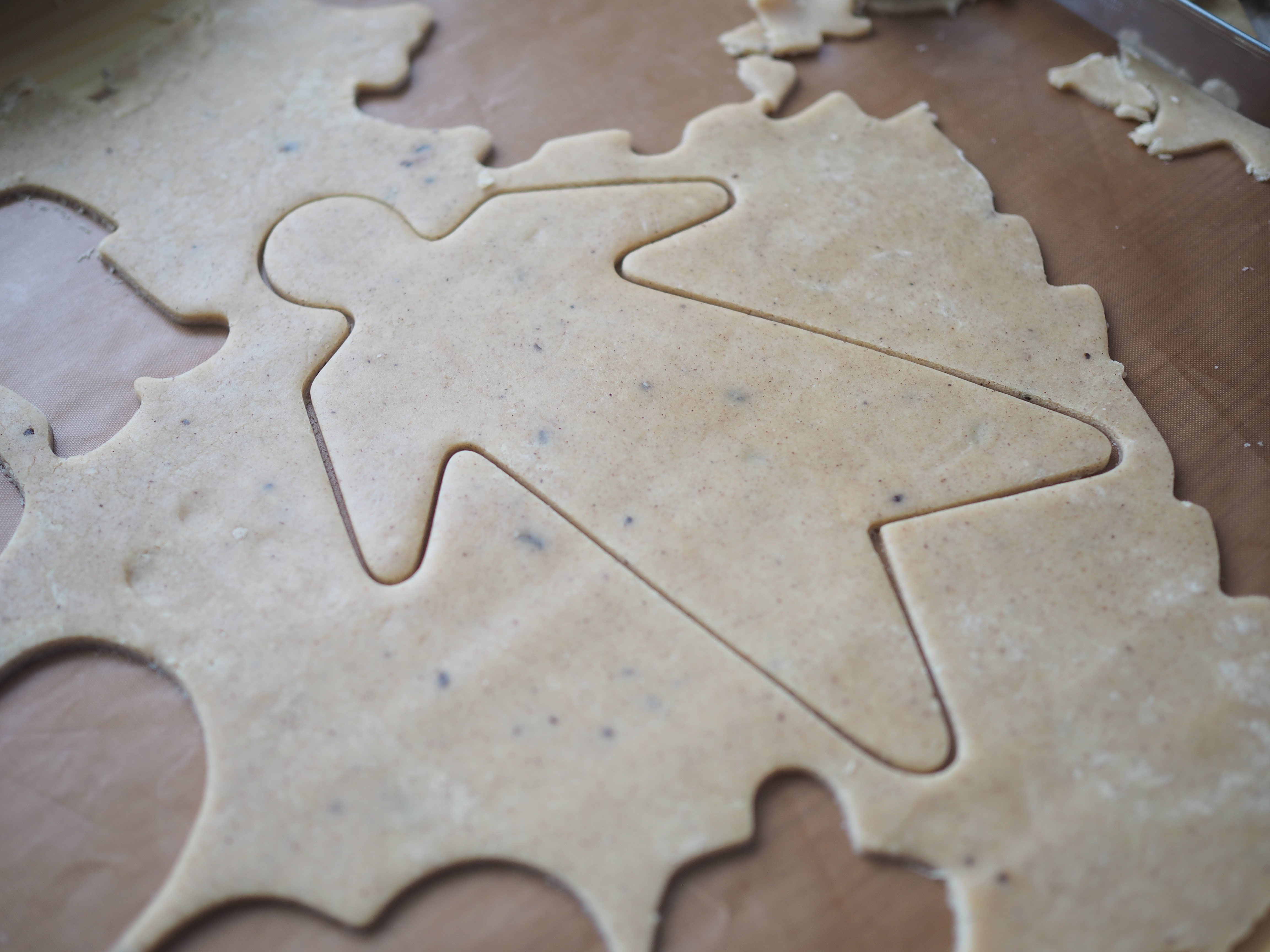
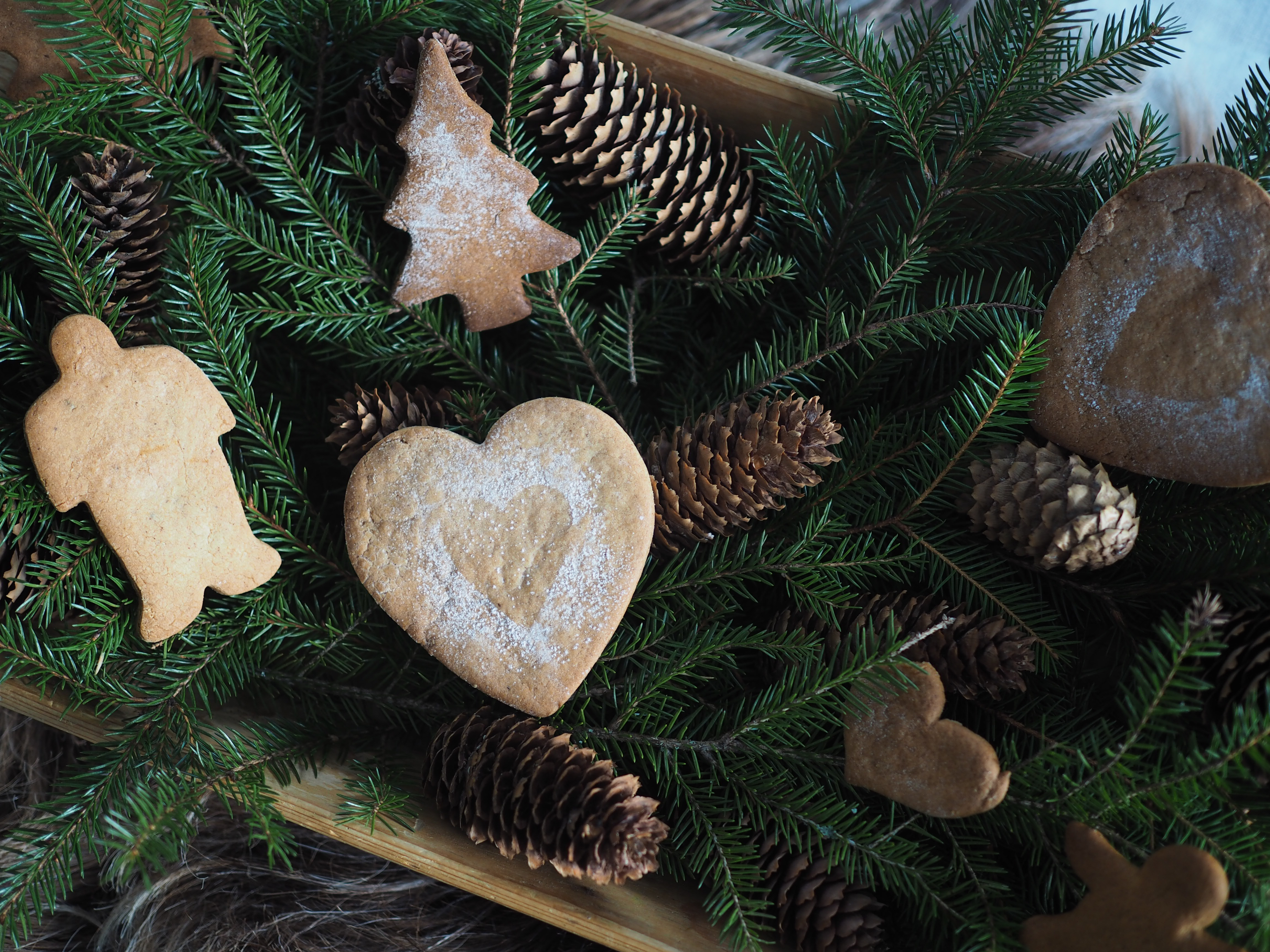
 Pepperkaker are considered a traditional Christmas cookie in Norway, although the idea and practice of Christmas cookies are relatively new traditions beginning in the 1800s. Even still, pepperkaker is one of the oldest cookies, having been in Norway for around 400 years.
Pepperkaker are considered a traditional Christmas cookie in Norway, although the idea and practice of Christmas cookies are relatively new traditions beginning in the 1800s. Even still, pepperkaker is one of the oldest cookies, having been in Norway for around 400 years.
During 1650, a crate of 200 tons of pepperkaker made its way along the roaring sea to the wharf at Bergen.
Its companions were other exotic goods. Lemons, saffron, bitter oranges (pomerans). It’s presumed they came from Germany as so many other baked goods were imported from there. A cookbook from the 1700s refer to pepperkaker as Nørnberger Peberkager. This is possibly a reference to the German city of Nürnberg, which has played an important role in the history of pepperkaker. (Ganens Makt)
Pepperkaker was enjoyed not only in Bergen, but made its way to Oslo (known then as Christiania) in 1660. Despite a popularity spreading throughout the country, pepperkaker and Bergen always shared a special connection, perhaps from that initial meeting. Ever year, the city of Bergen produces the world’s largest pepperkaker city, with schools and kindergartens adding to the incredible display of imagery and imagination.


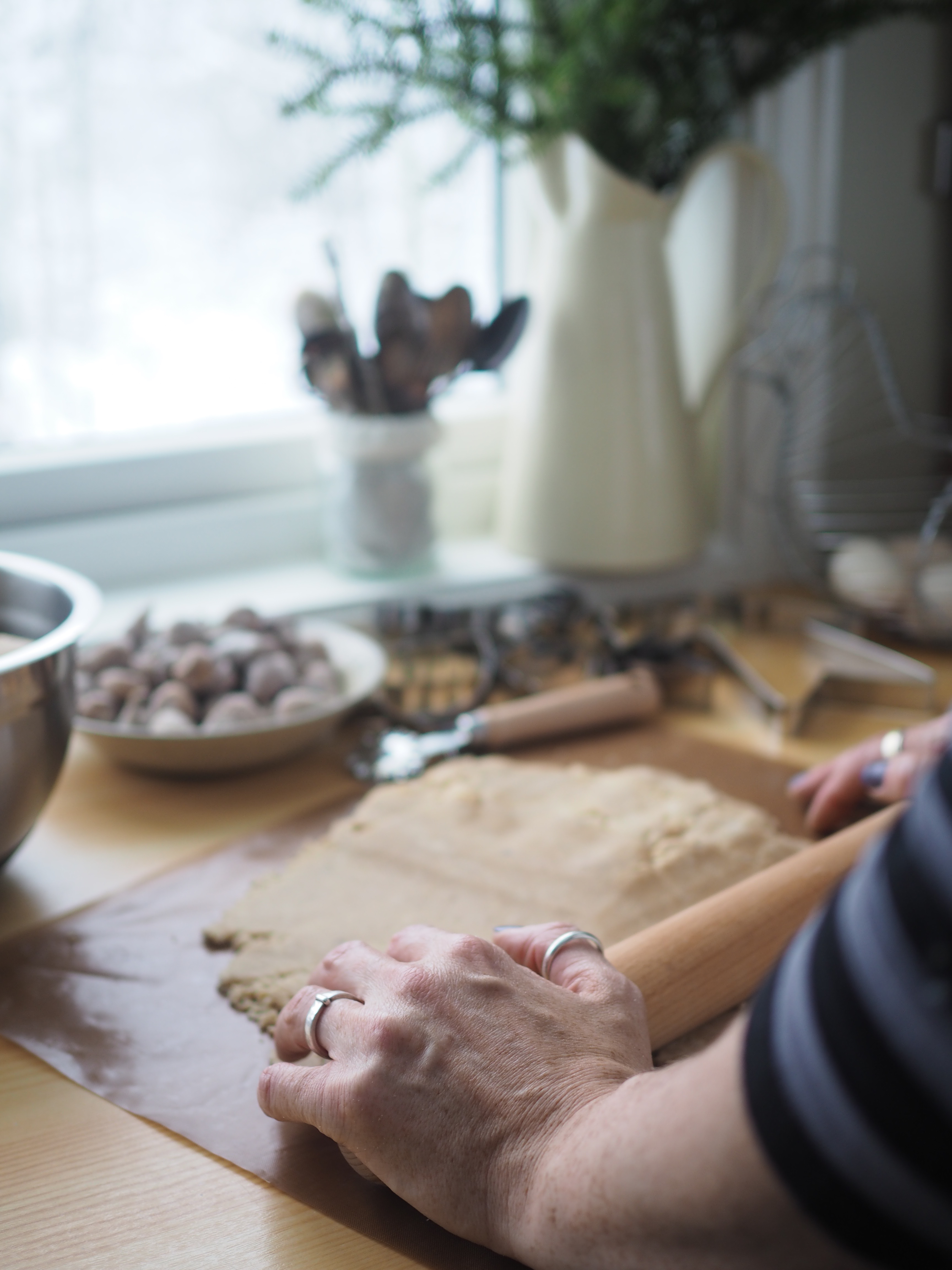 Before the 1800s, it was common for bakeries and large farms to produce pepperkaker, since they had access to large ovens. After the introduction of the household oven, pepperkaker became widespread as it could be baked in the home.
Before the 1800s, it was common for bakeries and large farms to produce pepperkaker, since they had access to large ovens. After the introduction of the household oven, pepperkaker became widespread as it could be baked in the home.
With the tradition of Christmas cookies entering Norway alongside the introduction of the household oven, pepperkaker took their rightful place as a favorite iconic treat, best served thin and crispy with burnished edges.

Old Fashioned Pepperkaker
Ingredients:
- 400g (2 cups) sugar
- 200g (3/4 cup plus 2 tablespoons) butter
- 80ml (1/3 cup) light syrup (*see notes below)
- 160ml dl (2/3 cup) heavy cream
- 1 tablespoon cognac (optional)
- 4 teaspoons ginger
- 4 teaspoons cinnamon
- 2 teaspoons black pepper
- 4 teaspoons cloves, crushed *
- 1 tablespoon baking soda
- 750-850g (6 -7 cups) flour
In a large saucepan, add the sugar, butter and syrup. Stir together and heat until melted. Set aside to cool.
Once the mixture has cooled down a bit, stir in the heavy cream and cognac, if using. Add the spices, baking soda and a little flour at a time to the mixture. Check the dough just before you have added 750g/6 cups flour. You want a smooth and relatively firm dough, so you may not use all of the flour.
Take the dough out of the pan, cover with plastic and place in the refrigerator for at least a couple of hours, preferably overnight.
Remove the dough from the refrigerator. Allow the dough to stand at room temperature for a little while before rolling out the dough.
Preheat the oven to 180°C/ 350°F.
On a lightly floured surface, roll out pieces of the dough to a thickness of about 0.5 cm (even slightly less) and cut into shapes as desired. Place on a prepared baking sheet.
Bake in the center of the oven for about 10-12 minutes. You want the edges to brown a little and crisp up. Cool on a wire rack.
You can decorate the pepperkaker with icing or powdered sugar or anything else your heart desires. Store in cookie tins and enjoy!
Notes:
*Syrup in Norway is made from sugar beets, not corn. Therefore, I suggest substituting light syrup with a golden syrup (like Lyle’s Golden Syrup). It is possible to use corn syrup if you must, but light syrup in Norway is fairly thin and sweet with a taste of brown sugar. Alternatively, you can swap in molasses for a darker color and deeper taste.
*I prefer to crush whole cloves rather than use ground cloves. Crushed cloves are more course, which gives some texture and a more pronounced flavor. Adds to that rustic feel 🙂
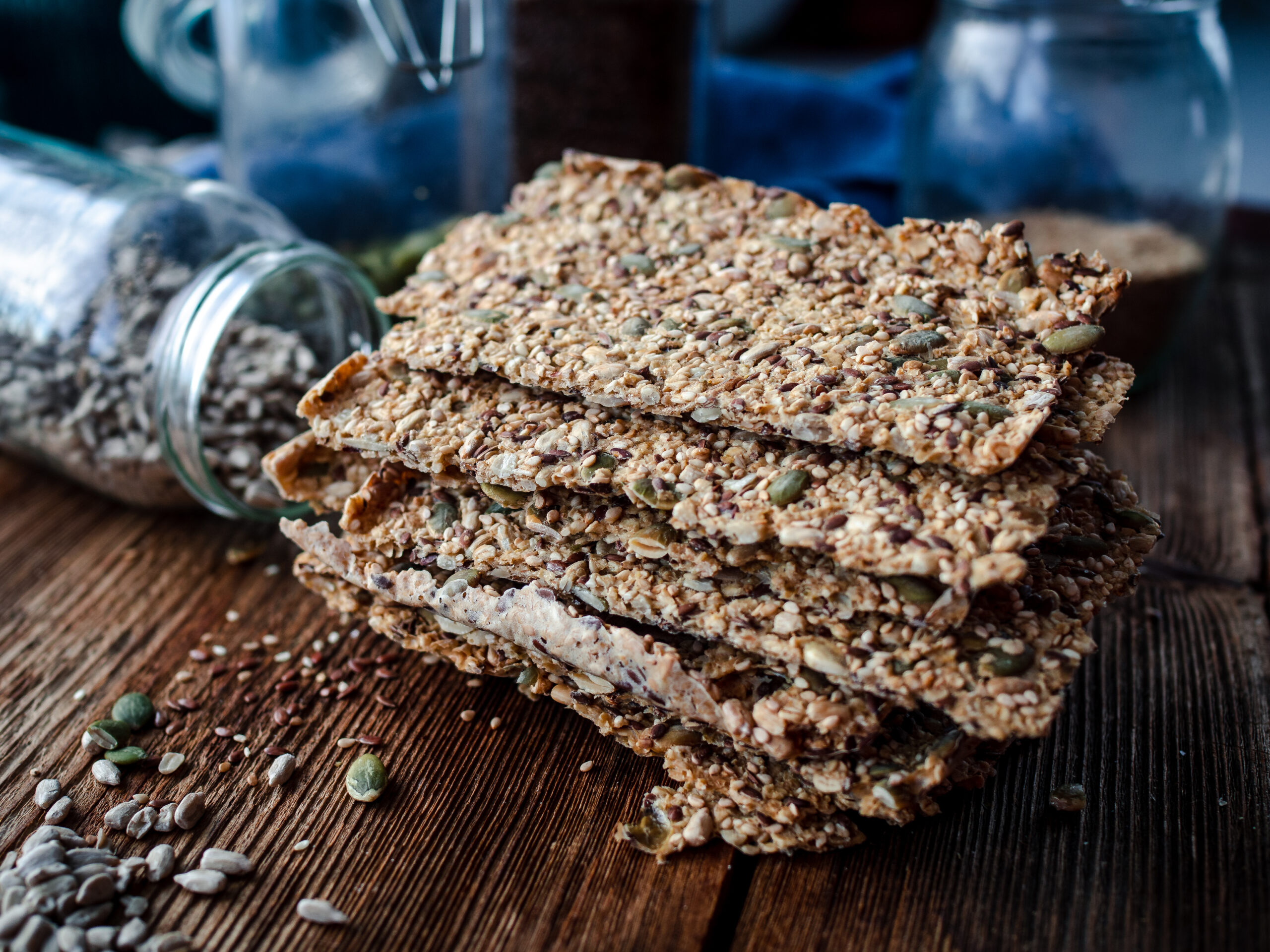
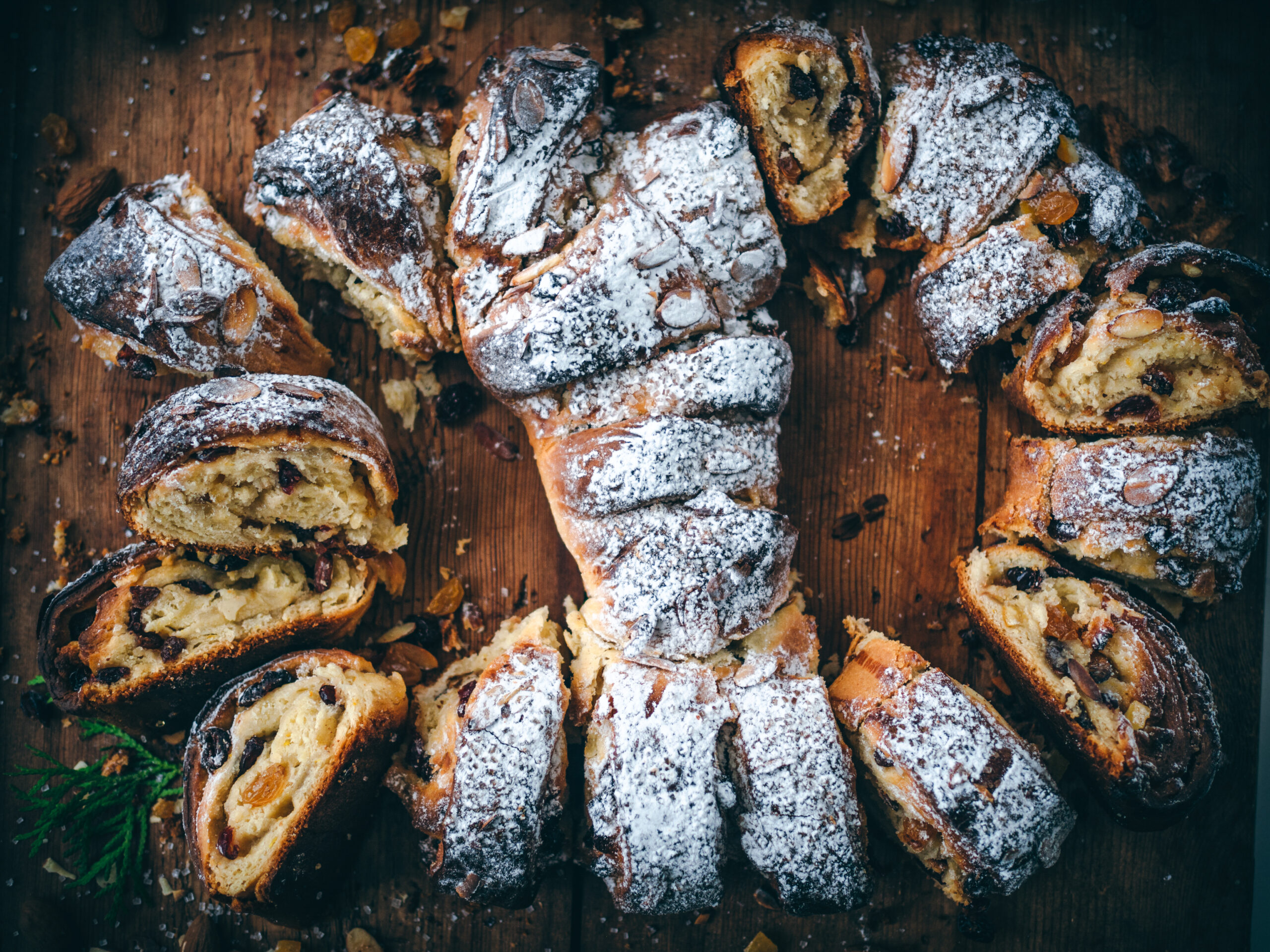
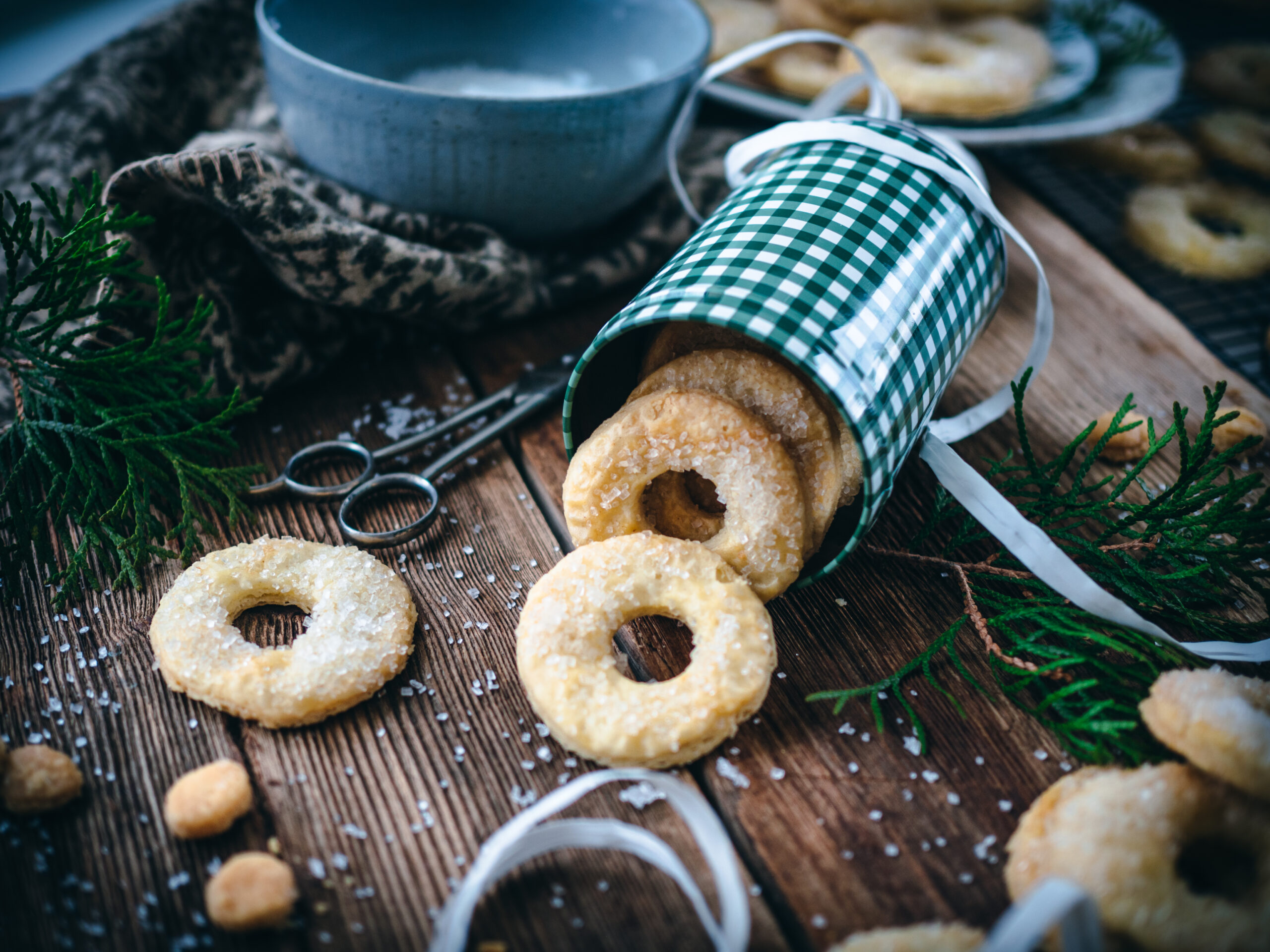
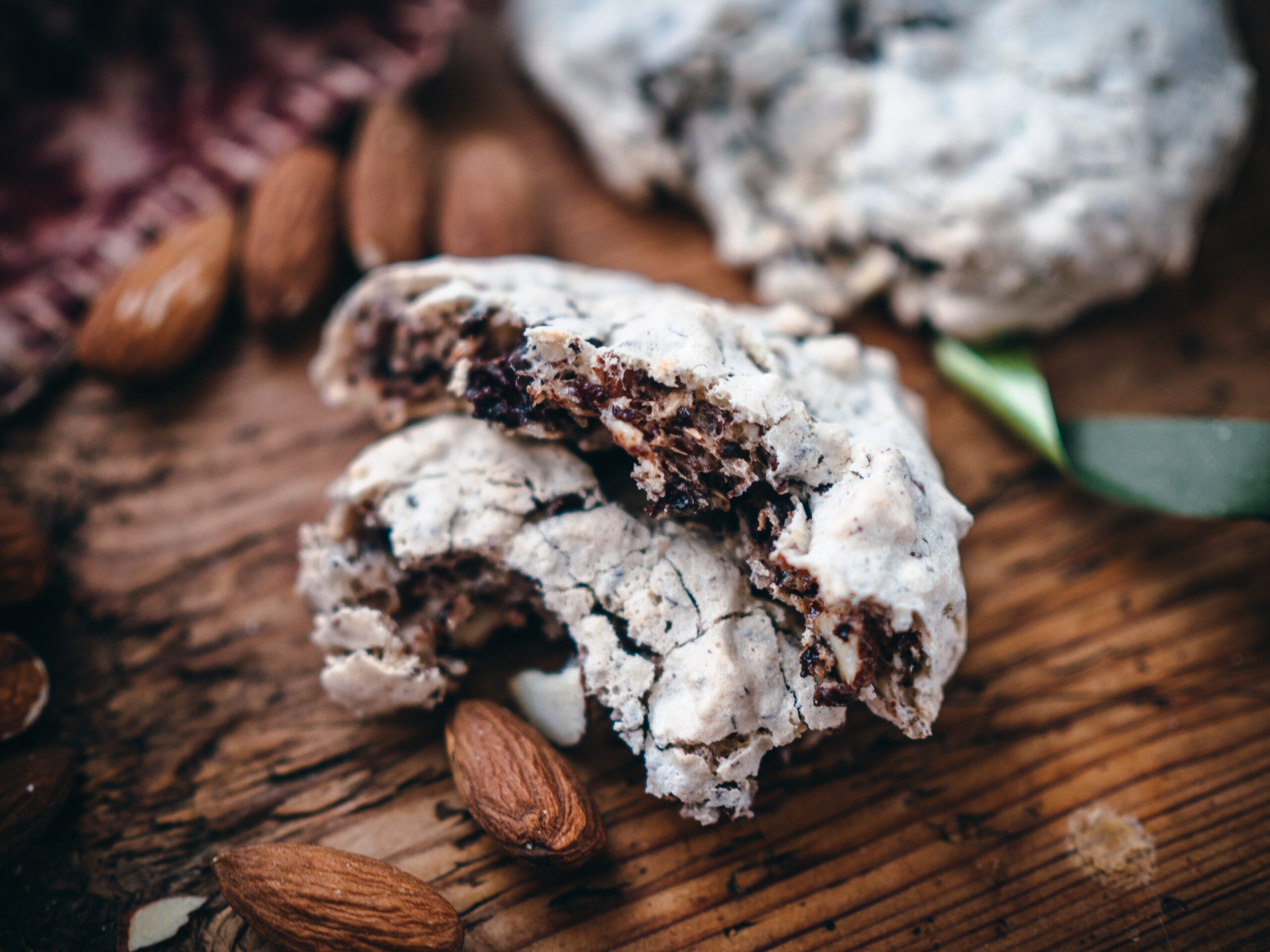

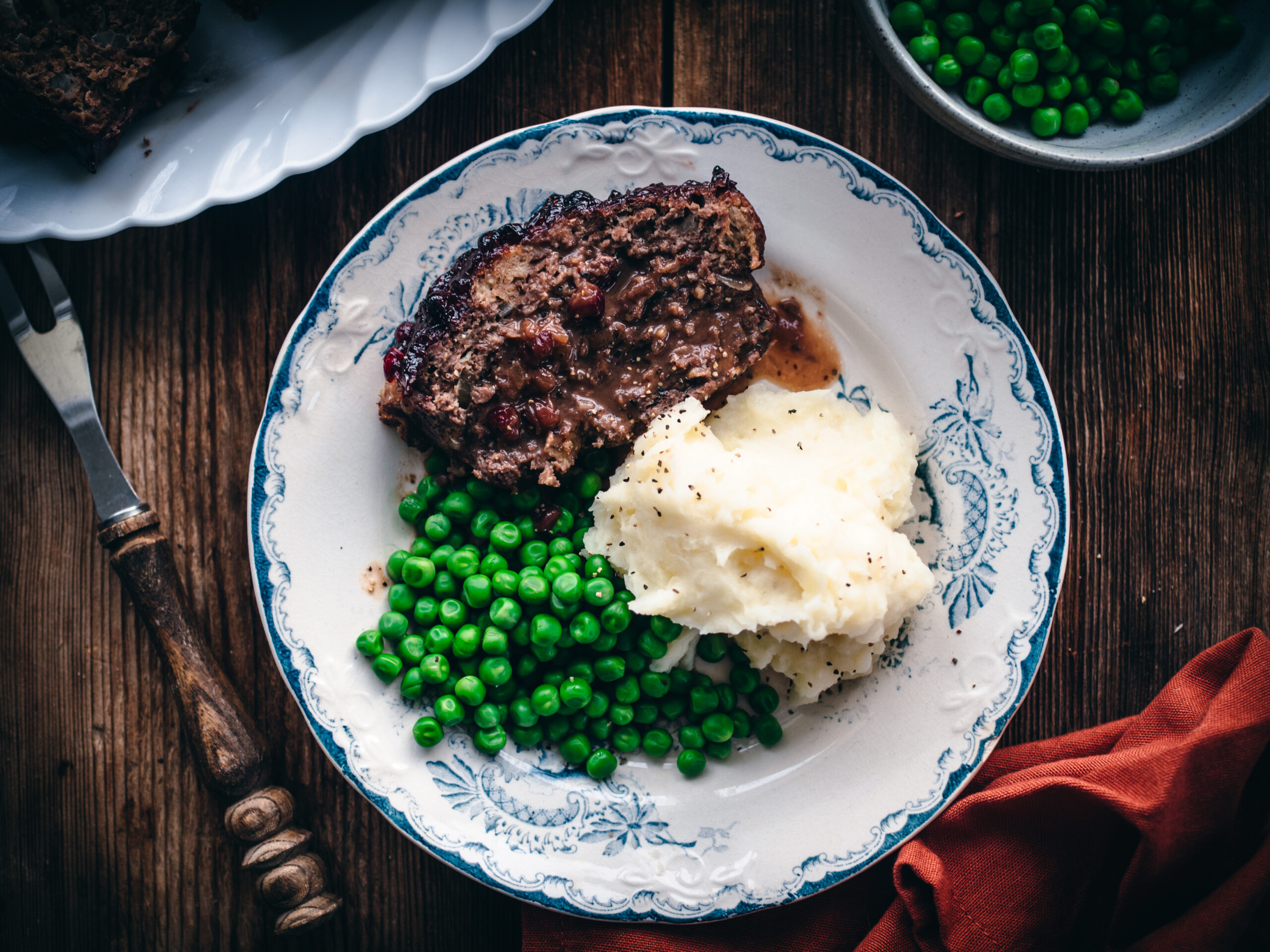
What type of syrup do you use in this recipe?
Hi Pam. I use a light syrup, called lys sirup here in Norway. I have made a note in the recipe for some suggested substitutes.
Always looking for an authentic pepperkaker recipe, thanks for sharing! If we are in the U.S., what would you suggest using for “syrup”? Thank you and God Jul!
Thanks Brooke! Thanks for mentioning this. I have now made a note in the recipe instructions suggesting some substitutes for what we refer to as lys sirup in Norway. God Jul!
By syrup, do you mean maple syrup or corn syrup? Thank you.
Hi Tara. Thanks for bringing this up. I just made a few suggestions in the recipe regarding substitutes for lys sirup. The best substitute is Golden Syrup, such as Lyle’s from Great Britain. Otherwise, you can go for corn syrup if you are in a pinch or even molasses.
[…] Pepperkaker Old fashioned pepperkaker – these Norwegian gingerbread cookies are loaded with spices and a dash of […]
Hi, should that be 1 TB of baking soda or 1 Tsp?
Was it a tablespoon or teaspoon in the end?
1 tablespoon 😉
Never mind, answered my own question, ha. Best to keep only one recipe page open at a time, eh?
Haha! I often have way too many recipes open as well 😉
[…] plans to start off the season by making large batches of lefse. We discussed favorite cookies, like pepperkaker (gingerbread), kransekake (almond tower cake), and krumkaker (wafer cookies), to name a few. One […]
This looks like it makes a ton of batter! How many dozen will this yield?
Great question! I did not count the amount of cookies I made – also since the size of each cookie depends on the cutter. It makes a good amount of dough, but not excessive. You can probably get around 50 to 100 cookies. And if you don’t use up the dough, just freeze it for a later stage.
My grandmother made these- one touch that she always added was to use dried black currants for eyes, buttons, etc. on the cookies. I sure miss those cookies- and grandma. :’)
I absolutely adore these biscuits! Mother is from Norway so when she goes over to visit she brings some back. I do find ikea do some good substitutes of them but I have always wanted to make my own. I’m in the middle of making them and have just put the dough in the fridge. I was just concerned as it was quite crumbly and I had to mould it together with my hands to make a dough shape – have I done something wrong?
Many thanks,
God Jul!
Hi Beth – the dough for these old fashioned pepperkaker is normally a little crumbly, especially when it comes from the fridge. You did the right thing by moulding it back together as the dough warmed up a little! I hope you enjoyed them when they came out of the oven 🙂
My dough was VERY hard and crumbly when I took it out of the fridge after maybe 5-6 hours. I added a little water and it seemed to get a little better, but I was worried about creating an opposite problem by adding too much. Is there a way to prevent this? I’m guessing that maybe I added too much of something, or maybe not enough? Maybe too much flour? (I only used maybe 5 1/2 cups, if that.)
Thanks!
Regarding the sugar beet syrup. May I use Goldsaft Sugar Beet Syrup. I found it on Amazon. Is that the same type you use? Thank you and have a blessed Christmas!
Hi Anne, this looks like it should work as it says it’s ideal for German gingerbread cookies.
Are your oven temperatures for conventional or fan ovens?
Hi! The temperature listed is for conventional ovens.
I think there is an error in the recipe regarding the amount of flour. The result was meal, not dough, and when I compared to another pepperkaker recipe ( https://gingerwithspice.com/norwegian-gingerbread-cookies-pepperkaker/#mv-creation-157-jtr ) there was slightly more butter but only half the flour called for.
Hi Andra, thanks for the note. The amount of flour is correct for this recipe, you just might not end up using the max amount. It’s not as elastic of a dough, but that’s the more old fashioned style. Next time, I would suggest starting with a couple cups of flour first, then adding more until the dough has come together well. The type of flour can also have an affect on how much to use as well.